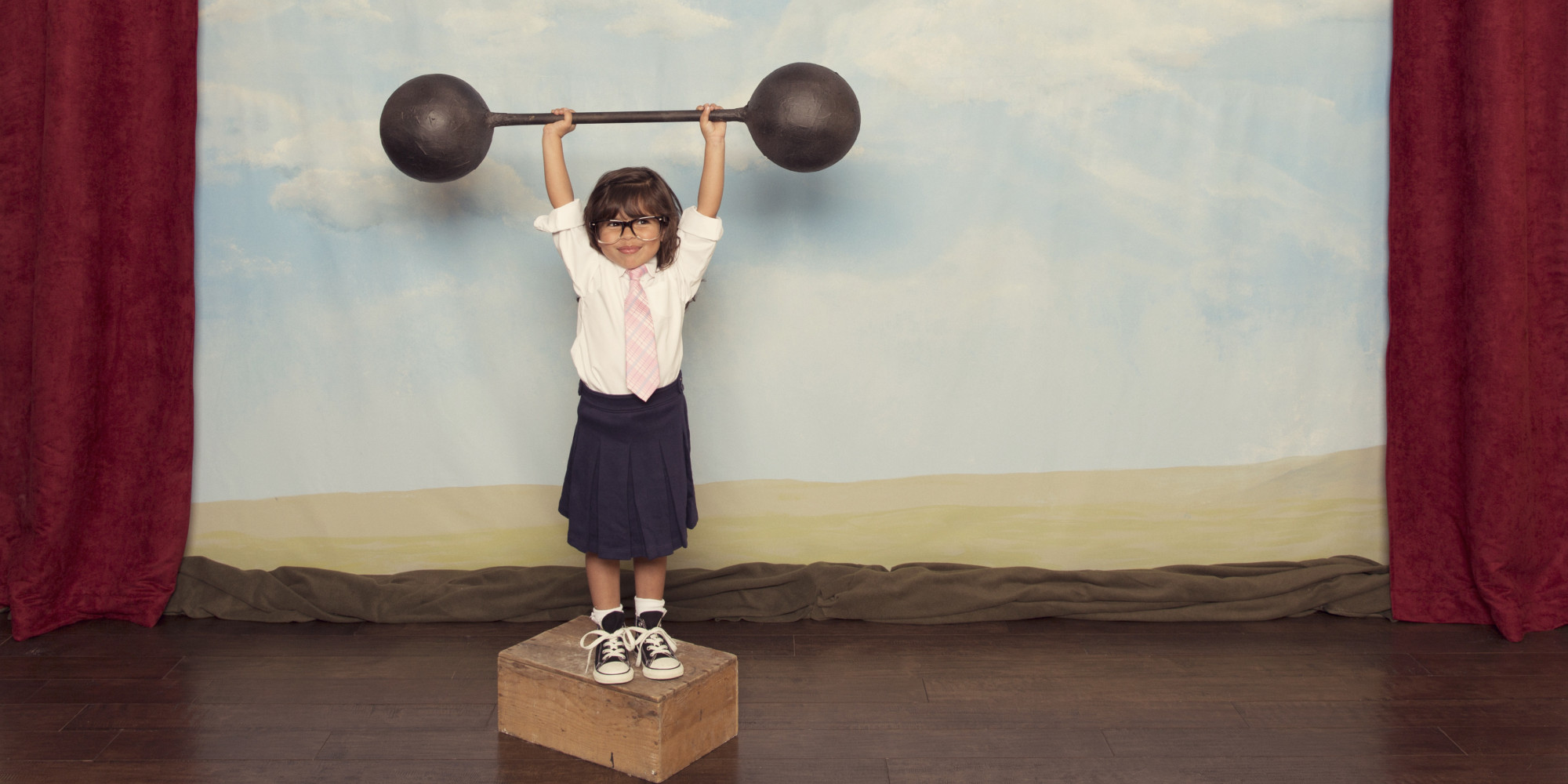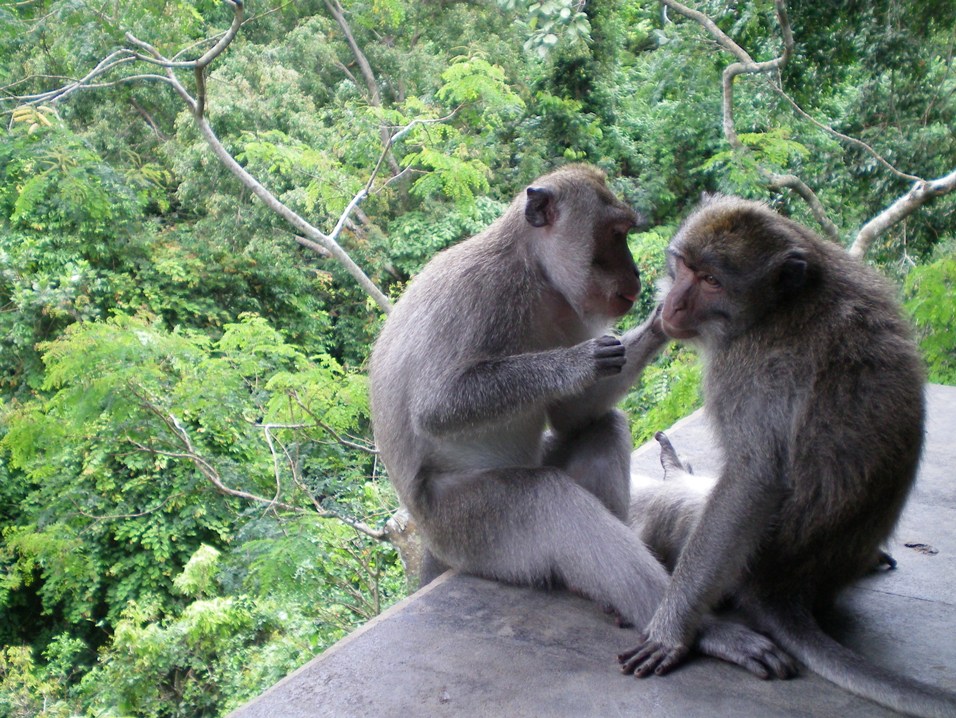Google Teenage Problems.

Looking like the weight of the world is on her shoulders. Image from visual photos
I AM SHOCKED!
Teenagers only have to focus on themselves – it’s not until we get older that we realize that other people exist. Jennifer Lawrence
I was originally going to write about the most influential and positive role models of my early life, and did a little research on it. I looked for how many searches people did on the topic, and found that there were only 30 searches (globally) for that exact search and around 3,000 for that topic in general.
However, in the same search program, which brings up “related topic searches”, I also found:
Search topic Exact match Broad match
positive role models for teens 10 100
positive role models for teenagers 30 270
positive role models 720 18720
positive role models for girls 70 630
However, the search also found:
troubled teens 4400 171600
teen depression 9900 386100
teen pregnancy 49500 1930500
teen pregnancy help 590 14750
teenage problems 6600 257400
teen issues 2900 113100
teenage depression 8100 307800
teen suicide 18100 705900

Not necessarily a good role model either! Image from belfasttimes.co
What is this saying about what is really going on with teenage problems?
There are more searches each month globally for “Teen Suicide” than there are for all the positive searches for good teen role models! There are so many more people seeking solutions to the teenage problems, than there are seeking positive ways to prevent the problems!
That lifts the scab on the huge issue of teenage problems. I confess, until I saw this, I didn’t realise the incredible depth of the teenage problems issue, even though I have written about the topic in general previously in my blog on “Empowerment for Teens”.
What is needed, obviously, are many more positive influences and role models for children and teenagers, to influence the growth and development of our youth so that these teenage problems are prevented – rather than becoming teenage problems needing treatment!
We can all play a role in this – literally! Are you a good role model for youth? Do you lead with an example that you would be happy your children could follow? Or would you be concerned if your children did as you demonstrated, but not as you said?
Children learn by example and follow the leads given by their most powerful influences in those formative years. Those potentially positive influential people are firstly, their parents, family friends and especially friends of their parents who they see regularly, and their teachers. They are also greatly influenced by what their own friends and peers do and say – mostly learning their habits – good or bad, because in the early stages of learning at least, they still don’t know the difference!

Peer groups – they can make or break a teenager! Image from tagesthemen24.de
How can we break this cycle of teenage problems?
Who were the most influential people in your early years? What did you learn from them? What can you still learn from them, on reflection?
Let me tell you of a few influences of my early years, to explain what I mean.
Aside from my parents’ influence, we had a family friend called Dennis. He was an amazing guy and a lot of fun to be with. He met my Dad when I was around 4 or 5 years old, when we were having some construction work done on the farm. He was a friend of the builder, and Dad and Dennis hit it off. He often came up to do a bit of spotlight shooting after this, and that was when we met his wife, Norma.
Norma was a paraplegic. She had been wheelchair bound since around age 18, when a car accident changed her life. She and Dennis were sweethearts at the time and he never left her side. They married and were fortunate to have a child. Dennis was a man’s man, worked as an electrician in the steel mills at Port Kembla, but was also a devoted husband and father, with strict personal disciplines and moral standards that he lived by. He set an example that has stayed with me for all of my life.
When Norma died, I was about 16. She and Dennis had become part of our family, even though they lived 200 miles away. It hit us hard, but Dennis was our strength through it all. He is still strong and courageous, well into his eighties now. He remarried and shared a wonderful relationship with his second wife until recently when she also passed away, again leaving him alone. I spoke to him about his loss and he was shaken, although still his wonderful, compassionate self. I thanked him for the example he had set me for my life to aim for, and he was most humble. He said it was just a day at a time and his aim was to make each day count. Dennis, you certainly did – your days and mine also. Thank you.
Teachers can have a huge influence on the enthusiasm and appetite of youth for all things exciting and perhaps forbidden. No one knew this better than the other major influence in my early years, that of John Stanley Gabb, the wool classing teacher and registrar of the Cootamundra Technical College. He was only a small man, and his uniform seemed to be a white dustcoat and shiny black shoes, over a shirt and tie. He was always well-groomed, probably around 40 years of age when we met, and I was 15.
His class was about a dozen unruly farm teenagers who were ostensibly there to learn to class wool, so they could handle the shearing season on their own farms. However, living miles from town and company meant these guys were also out for a day off the farm, to play up and create merry hell wherever they went before, during and after the class. John Gabb was equal to the task.
Big John Clark was a great example of the students. He would stand up near the front of the room, one foot on the chair seat, elbow on his knee and told jokes non-stop for as long as he was allowed, never cracking a smile, never pausing and knowing that the rest of the room was unable to draw breath for the laughter. But John Gabb was able to judge exactly when was the right time to intervene and say “OK, Guys, let’s give that a break and work on what we are supposed to be doing.” Always firm, but never authoritarian, and always respected.
Respected so much that when these boisterous teens had trouble, he was also the one they went to for advice. No, he wasn’t their agony aunt, but he was a great first step in the process, usually before the boys told their parents the problems they were having. Over the four years I knew him, these informal chats prevented probably half a dozen major episodes of teenage problems that I knew about. He also had other classes and there were a few hundred students at the college, whom I never met. However, he made it his business to know them all, and be available to them.
Twenty years later, I went back to Cootamundra to find John Gabb, and he had retired. As it happened, he retired to the Sunshine Coast in Queensland, only an hour’s drive north of where I lived. I was running my seminars at the time and made it my business to call in to his home, to thank him personally for the influence he had in my life. I did not realise during my time at college how powerful he was. It was only a decade later when I faced certain challenges that his lessons, teachings and examples were the ones I used to pull me through. As I began writing my seminars, teaching and lecturing from the stage to quite large groups of people, I realised how much of his influence was still coming through.
That’s the thing about solid foundations and good principles, they are right and correct, down through the ages. John Stanley Gabb was influencing young people still, all around Australia, through my work, twenty and thirty years later, as he sat in his lounge room up on the Sunshine Coast. When I met him again, his welcome was warm. When I told him what I was doing, and thanked him for the powerful influence he had been in my life, his eyes teared over and he thanked me for telling him.
People such as these are the ones who really make a difference. I know that I could have had serious teenage problems if not for their influence. I was as wild and strong-minded as any other teen, perhaps more than most, but I had great role models in these people, as well as the examples set by my parents. I was fortunate. It seems so many more kids are not, or there would not be so many searches for teenage problems on Google!
Again, I ask you, are you a suitable role model for your children, and those of your neighbours and friends? Or will those children be searching for “teenage problems” on Google as well?

Are you a good role model for her to follow? Image From strategylab.ca
If you are happy that you are being all you can be, as a role model for today’s youth, then I congratulate you. If you feel you could do more, then may I recommend a look at Life Change 90?
You already know you CANNOT TELL children and teenagers how to act and behave. That’s just an invitation to rebel against you and everything you stand for.
Few things are more satisfying than seeing your children have teenagers of their own. Doug Larson
Ray Jamieson





